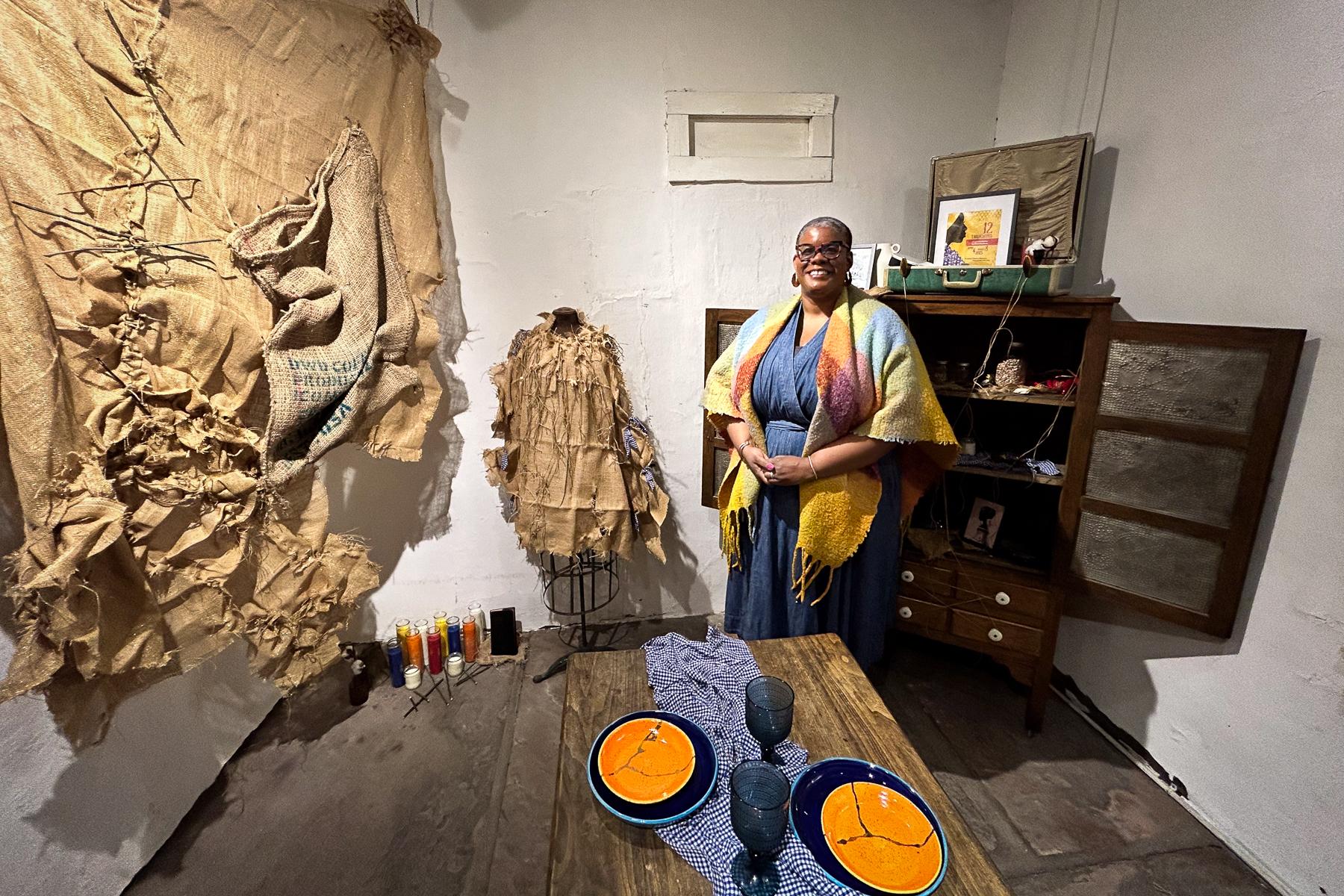Originally published on September 6, 2019 5:15 pm
For a lot of people, when they hear about forensic science that's used to solve crime, they think of the CSI television franchise that's set in places like Miami, New York and Las Vegas. But in fact, one of the most advanced forensic laboratories in the country is here in the Mountain West.
"We do the wildlife attack cases, and then we do any poaching cases that any law enforcement officers send to us," said Kim Frazier, the director of the Wyoming Game and Fish Department's Forensic Lab.
"We have a lot of evidence that we keep here, so we have a lot of refrigerator space," she said, while standing in front of three, heavy-duty, walk-in freezers. That evidence includes blood and hair samples from all kinds of animals--from pronghorn to mountain lion, and bighorn sheep to grizzly bear. Last May, a DNA sample from a black bear showed up from Aspen, Colorado. It was evidence from a wildlife attack on hiker Janet Jansson.
"We love to hike. That's the thing we love to do," said Jansson.
Jansson and her husband live in Pasco, Washington, but they were in Aspen on summer vacation. They were hiking Hunters Creek Trail--only about a mile from downtown. Jansson said it was early in the morning on a really beautiful day. They'd been following a stream next to the trail for about ten minutes.
"And then all of a sudden, a bear came walking down the trail towards us," she said. They knew not to run. Instead, she said they wanted to give the bear a wide berth, so they slowly started backing up. They backed all the way up to the edge of the stream.
"Then he started to pass us, just kept going down the path," Jansson said. "And then when he was right by us, he just kind of randomly pushed me over with his head, and bit my leg."
At that moment, she yelled at the bear, "No! Get away!"
And it did. Jansson was bleeding pretty heavily, so she lay down in order to elevate her leg while her husband soaked her fleece jacket in the stream to use as a cold compress. Eventually, she and her husband made it back to the trailhead, and took a taxi to the hospital.
"They didn't want to give stitches, because it was puncture wounds. The two back teeth had pretty deep puncture wounds," she said.
Instead, they rinsed the wound with saline and gave her an antibiotic IV. But before that, DNA from Jansson's wound was collected. Matt Yamashita with the Colorado Parks and Wildlife said these cases are treated just like law enforcement would with any other crime.
"Difference here is that […] obviously we're not able to go out and interview the suspect," he said.
Along with collecting a DNA sample, Yamashita said they canvassed the area, interviewing other hikers and residents to help identify the right bear to be euthanized. But it was video of the bear taken by a resident earlier that week that was the lynch pin.
"In going through and analyzing the video, we were able to confirm that it was the bear that matched the same general size description, behavioral patterns, even the location--it was coming back within a couple hundred yards of the location of the attack," he said.
After they got a hold of the bear and tranquilized it, they were able to match its teeth measurements to the bite marks on Janet Jansson's leg. But ultimately it was the DNA match that allowed his agency to absolutely confirm it was the same bear.
"This particular incident, this was a great example of being able to utilize some of these extensive forensic tools, like DNA testing, in order to help us get 100 percent clarity on what was happening," he said.
The agency was also able to identify the contents of the bear's stomach. It was full of bird seed, which points to a growing problem across Colorado and the region: conflicts between bears and humans.
"The primary issue is humans providing, whether intentionally or accidentally, providing some sort of artificial food source," said Yamashita.
The increasing number of human-animal conflicts is keeping Kim Frazier at the Wyoming Game and Fish Department's Forensics lab busy. So is working on the Mountain West CSI unit as exciting as the TV versions in Miami and Las Vegas?
"Yeah, it can be both. It can be exciting when we get new cases in, or if we try to bring new testing online. That's exciting. Sometimes though it can be the same thing over and over again, every day," said Frazier. "So it's really not as glamorous as it sounds."
Copyright 2019 Wyoming Public Radio. To see more, visit Wyoming Public Radio.







